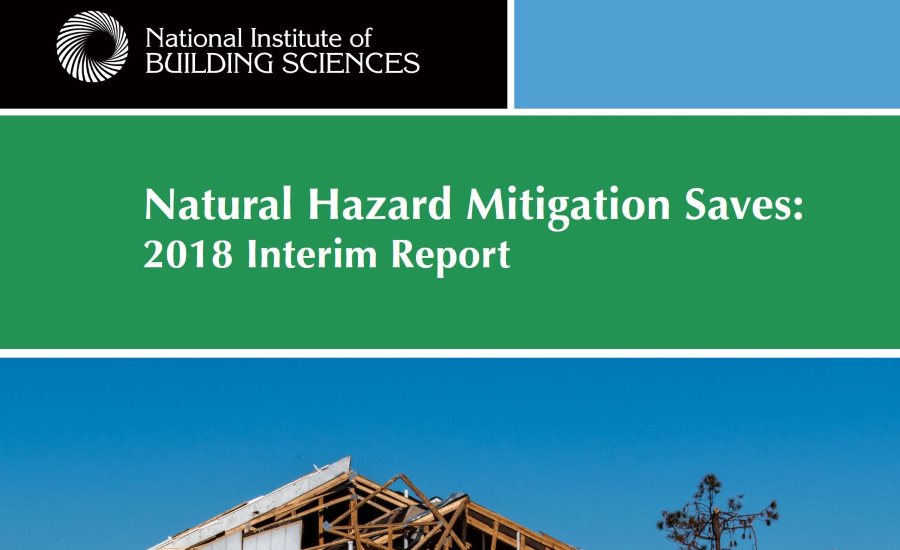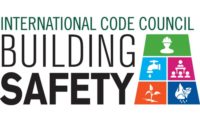Study on Mitigation Finds that Updated Codes Save Lives

The National Institute of Building Sciences (NIBS) released the Natural Hazard Mitigation Saves: 2018 Interim Report at their annual conference, Building Innovation 2019. The study found that adopting the 2018 International Codes (I-Codes) generates a national benefit of $11 for every $1 invested. The I-Codes are the most widely used and adopted set of building safety codes in the world.
This report follows a multi-year study on natural hazard mitigation and comes more than a decade after NIBS’ original report on mitigation. The project team studied flood risk, hurricane wind hazards and earthquake risk. They found that the national mitigation benefit-cost ratio associated with code adoption is $6 to $1 for floods, $10 to $1 for hurricanes, and $12 to $1 for earthquakes, with benefits coming through avoided casualties, post-traumatic stress, property damage, business interruptions and insurance premiums. The results show that all building stakeholders benefit from regularly updated codes – from developers, titleholders and lenders, to tenants and communities. Communities that consistently meet the latest editions of the I-Codes, culminating in the 2018 editions, have added 30,000 new jobs to the construction-materials industry. Last year’s interim report also found that adoption of the 2015 International Wildland Urban Interface Code provided a $4 to $1 mitigation benefit against wildfire risk.
These findings demonstrate the importance of regular updates to the building codes and strong code enforcement in order to mitigate damage from natural disasters such as wildfires, earthquakes, hurricanes and flooding.
“Disasters are only expected to increase in frequency and severity, so as an industry we need to work collaboratively on how to adapt the built environment to face even greater challenges,” said the Code Council Chief Executive Officer Dominic Sims, CBO. “The findings of this report offer encouragement that our work, slow and steady as it may be, is well worth the effort. The Code Council has a long and close partnership with NIBS, and we look forward to continued engagement with the Institute on these important issues.”
To download the report, click here.
Looking for a reprint of this article?
From high-res PDFs to custom plaques, order your copy today!




